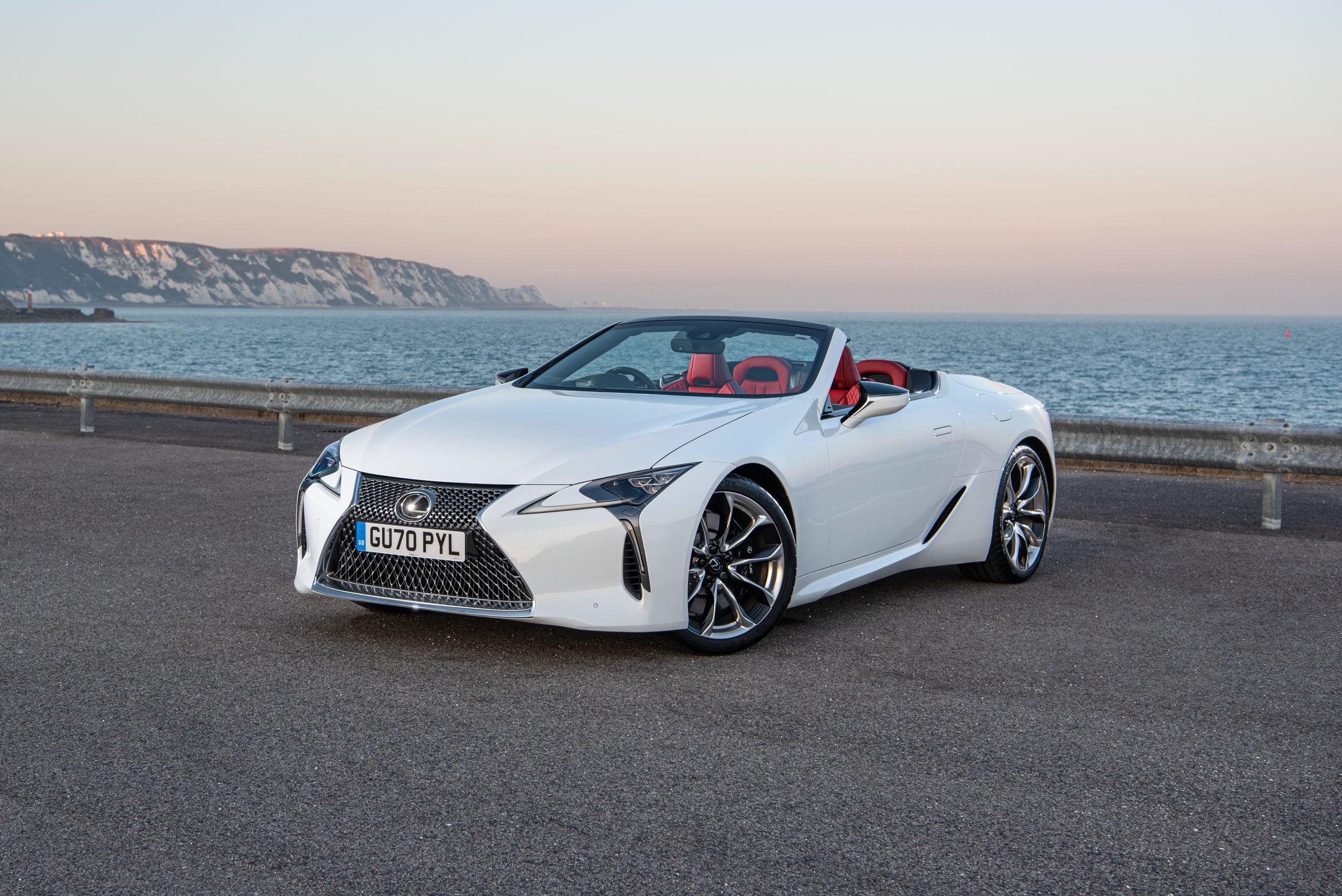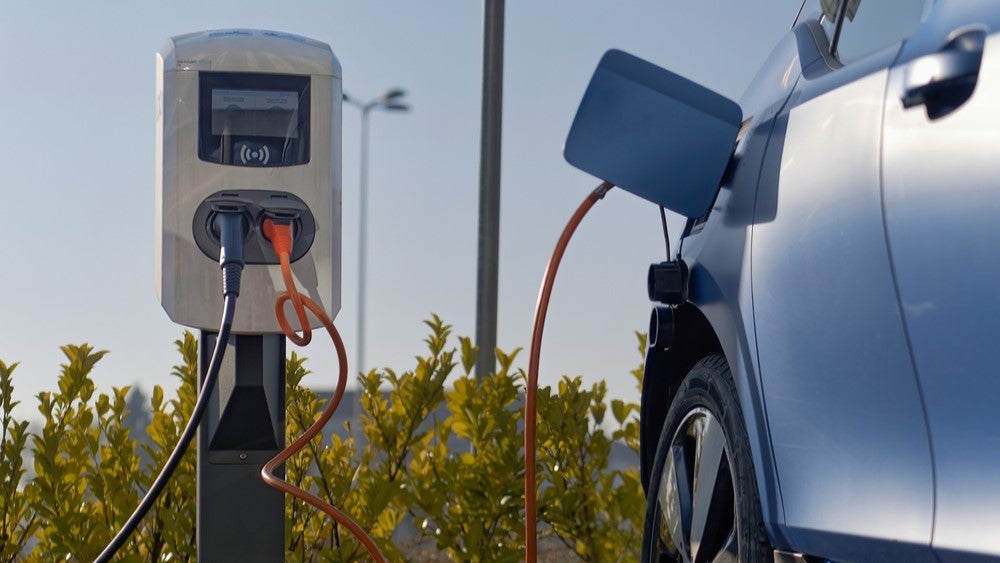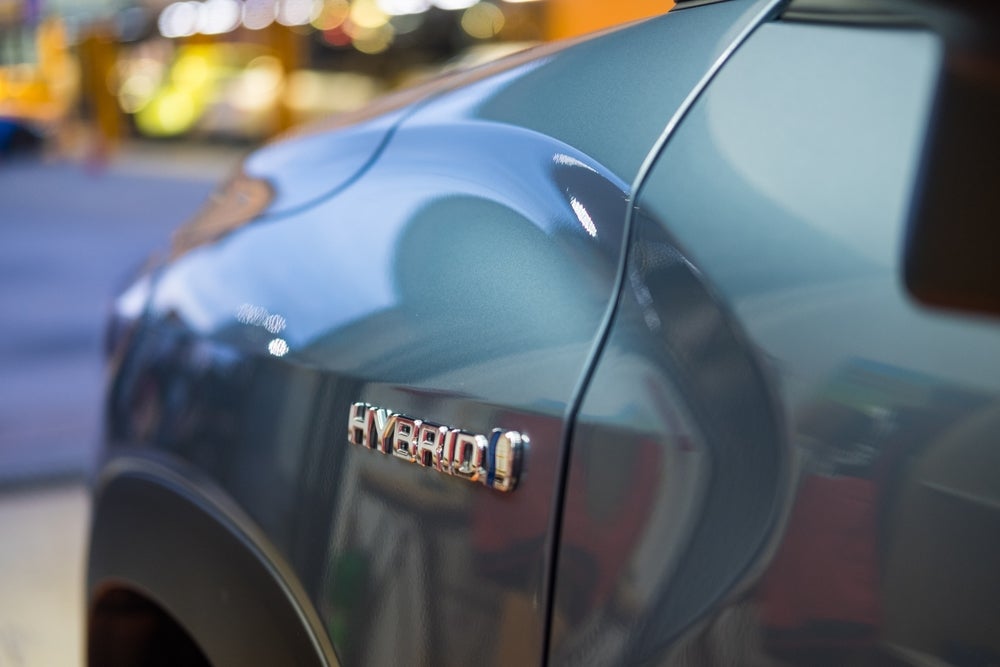
Even if this is the first soft top in the brand’s history, it’s certainly not the first sports car from Lexus. Somehow, the aura of the phenomenal LFA seems to be in the LC’s DNA, and given how fast it is, this is really a super GT or even a supercar.
The LC 500 Convertible is up against only a few competitors. These are the BMW 8 Series and Jaguar F-Type, with the yet to be revealed R232 Mercedes SL-Class joining this elite group soon.
Why no hybrid?
It’s curious that there’s no LC convertible hybrid. Toyota doesn’t say why that’s the case. Perhaps the chief engineer could only find room for either the petrol-electric LC 500h’s big battery or a folding canvas roof mechanism. But not both. Ergo LC 500-only then.
As there’s a fairly large pack of cells behind the two tiny back seats in the coupe, the assumed explanation seems plausible. And anyway, the USA is the biggest market for the LC C: buyers there prefer a burbling V8 to an often silent electrified V6.
The 341 kW (464 PS) and 530 Nm 4,969 cc V8 (Toyota code: 2UR-GSE) was the world’s first car to be fitted with Aisin Seiki’s 10-speed automatic transmission. Changes are so smooth that you almost cannot sense them. Zero to 62 mph takes 5.0 seconds and the limited top speed is 168 mph.
How well do you really know your competitors?
Access the most comprehensive Company Profiles on the market, powered by GlobalData. Save hours of research. Gain competitive edge.

Thank you!
Your download email will arrive shortly
Not ready to buy yet? Download a free sample
We are confident about the unique quality of our Company Profiles. However, we want you to make the most beneficial decision for your business, so we offer a free sample that you can download by submitting the below form
By GlobalDataDrive is to the rear wheels only and while the LC is far from light (2,035 kg minimum), the lack of AWD is one of multiple measures that help to keep weight down.
Aluminium is used for the bonnet/hood, front wings/fenders, door skins and front suspension’s strut towers. Also, the basic platform is carbon fibre (and the coupe’s roof can be specified in this material at extra cost). Carbon fibre, combined with fibreglass, meanwhile, is used for the boot lid/trunk lid.
Style
There isn’t an awkward angle on this dramatic car and that’s quite the achievement when you realise how many unrelated shapes intersect all over the exterior. The brand’s signature oversized grille which can look somewhat contrived on certain other models is likely needed for the big V8 that lurks behind it too.
The soft top, which comes in blue, black or ochre, is stored behind those two small back seats in a special compartment. Its frame is magnesium and aluminium.
The hydraulic roof mechanism is positioned in the same space between the suspension towers. Incidentally, you can drop or raise the top in 15 seconds and at speeds of up to 31 mph or 50 km/h.
At 149 litres, the boot’s capacity is fair rather than generous although at least it’s a good shape, not awkward like that of the Jaguar F-Type. There’s no attempt to make room for a puncture kit either, the LC Convertible being fitted with run-flats.
History
The first deliveries of the 4,760 mm long coupe commenced in November 2016 but it took some time for the convertible to be added. It was previewed by the LC Convertible concept, a prototype that premiered at the Detroit auto show in January 2019.
The canvas top car was driven up the hill at the Goodwood Festival of Speed in July 2019 with the production model debuting at the LA auto show in November 2019.
Architecture & manufacture
The LC, which is 4,760 mm long, was the first vehicle for Toyota’s RWD/AWD GA-L architecture although with its carbon content, this is a special adaptation. Volume is low with both cars built in Japan at Toyota’s Motomachi plant.
Driving
The big-bore V8 makes a cracking noise from idle all the way to the redline (maximum power is developed at 7,100 rpm) but it’s never offensive. I found it to be fantastically refreshing after all the EVs and PHEVs that I’ve driven this year. Not to moan about their silence – our world has way too much noise – but just to remark on how delicious and novel the Lexus sounds.
Some of the spine-tingly action is courtesy of active noise control. This works via a microphone inside the driver’s head restraint, with anti-pulse sounds then sent through the speakers, countering any low frequency booming. The purists won’t be happy about that but when the result is this good, a bit of artificial assistance is more than fine.
The steering has a good amount of feel to it, damping is just right and even with the short wheelbase and the substantial tyres, it’s an amazingly comfortable car. Roadholding is impressive too, thanks in part to a standard limited-slip differential. The only real issue is the width, which is 2,168 mm including the mirrors.
Inside
Faultless Lexus quality can be seen and felt everywhere, only the haptic controller for the infotainment system jarring. You can at least change the sensitivity of the pointer on the touchpad but Toyota seems to be aware of the criticism, this long-time signature Lexus preference being ditched on the newly-announced NX in favour of a touchscreen.
Conclusion
It’s a fairly pricey proposition, even in base form, which, along with a not great CO2 average of 275 g/km, will limit the new Convertible’s chances of selling in anything more than very modest volumes. There again, with so few likely to be sold in any market, this fantastically entertaining and beautiful car could end up becoming highly collectible.
The Lexus LC 500 Convertible comes in two forms: standard and Sport+ Pack. The latter has extra equipment such as neck heaters, special leather upholstery and 21-inch wheels. The CO2 average is 275 g/km and pricing starts at GBP92,425. Sport+ Pack is an extra GBP5,850.







